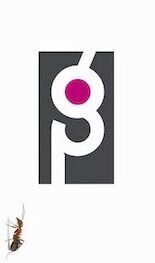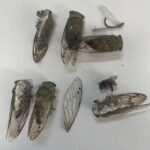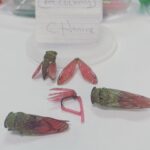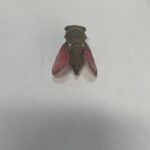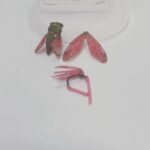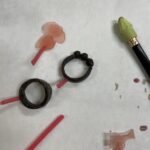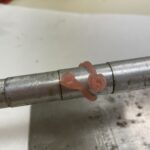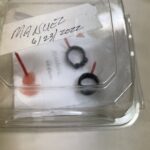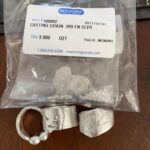Lost-wax casting is a technique for creating objects, from simple to complex, in a variety of metals (such as gold, silver, brass, or bronze) by casting an original model or pattern.
It is one of the oldest known metal-forming techniques dating back 6,000 years, but it is still widely used for producing jewelry, dentistry, and art. Its industrial form, investment casting, is a common way to create precision metal parts in engineering and manufacturing.
While traditionally associated with artisanal handcraft, creators can now transform the lost-wax casting process with digital design and 3D printing to simplify the workflow, save time, lower costs, and reshape the process for the 21st century.
A method of metal casting in which a molten metal is poured into a mold that has been created by means of a wax model. Once the mold is made, the wax model is melted and drained away.
Lost-Wax Casting Process
- Model-making: The artist carves a design out of wax.
- Creating a mold: A caster then casts this model and polishes the casting to produce a “master” pattern.
- Producing wax patterns: Molten wax is injected or sometimes poured into the rubber mold.

